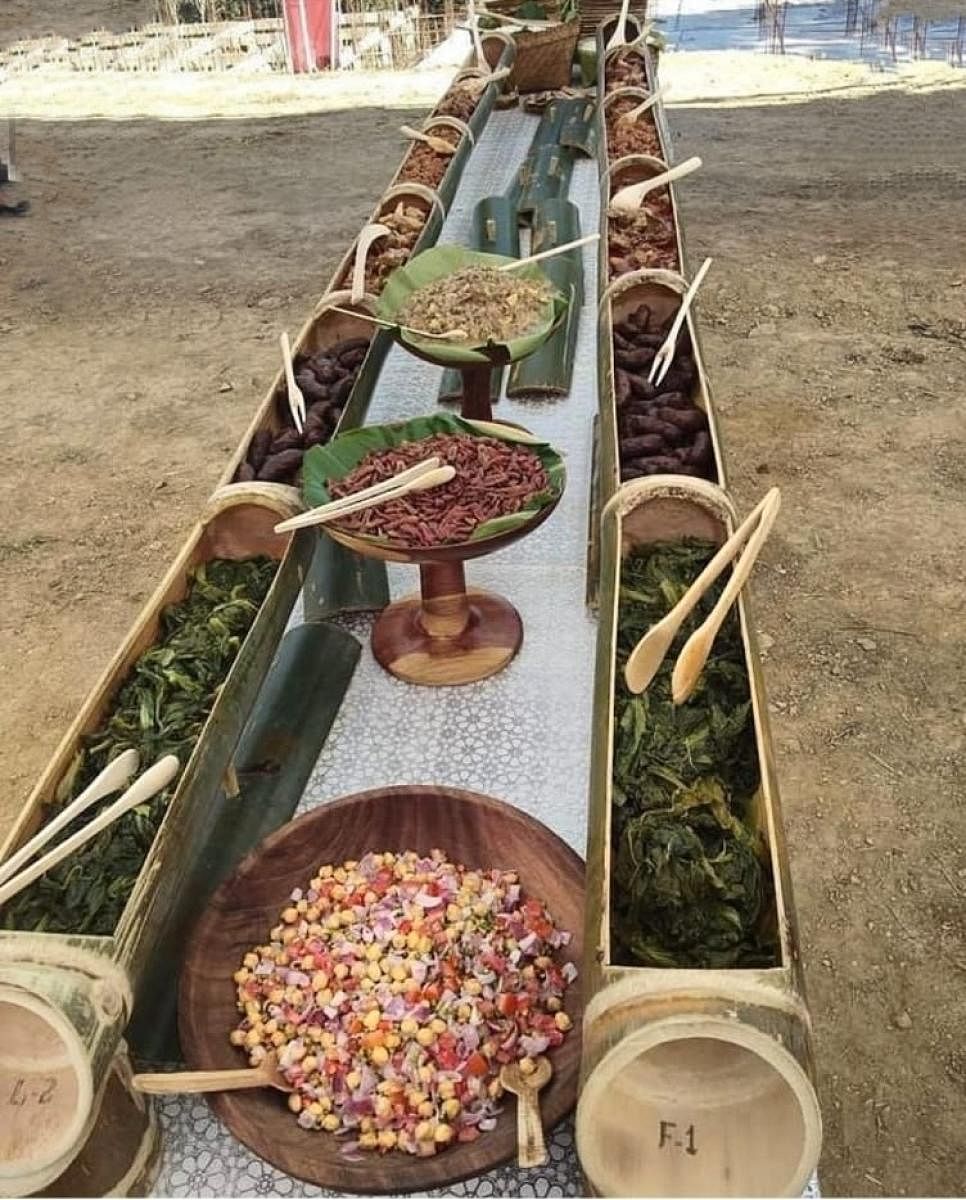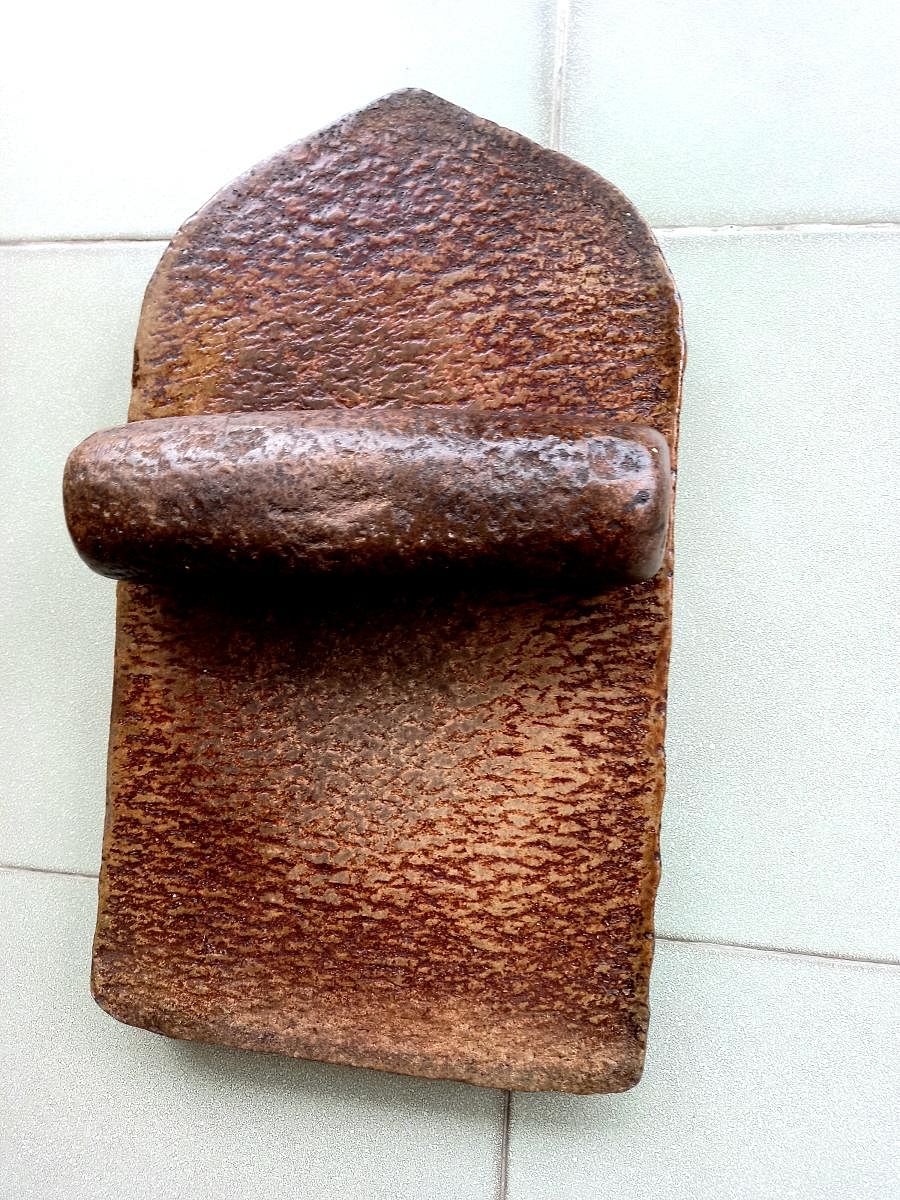The return of traditional cookware



A year into the pandemic and we’ve all changed the way we cook and dine. One of the most welcoming changes that have happened is the use of traditional vessels and understanding the many health benefits it offers. It’s almost safe to say that to many, using earthen pots and brass cooking utensils is the new norm.
For Anjali Ganapathy, founder of PigOut, A Coorg Kitchen Story, it’s her adaptation of using Kodagu traditional utensils for modern cooking. She says, “When it comes to Coorg cuisine, the first thing you think of is the humble sakala, our traditional steamer. We use it to make everything from nool puttu to rice in the all-rounder utensil.”
The sakala which Anjali owns is close to 90 years old and was part of her grandmother’s dowry. She even uses it to make caramel custard. She also uses the brass pots that are lined with silver inside inherited from her grandmother. She says, “It has only gotten better with age. When preserved and maintained well, the traditional vessels can be used for many years.”
Prized possession
When it comes to Bengali cuisine, home cook Iti Mishra’s prized possession is the kadai. “When it comes to Indian cuisine, I never understood how chefs use a saucepan or a skillet. The masalas have to soak and immerse in the gravy which can only be done in a wok or kadai,” she quips. Her favourite, however, is a bonti, a long curved blade that cuts on a platform held down by foot. She says, “You can use it to cut vegetables, meats and there’s one to grate coconut too.”
It goes without saying that shil nora is another must-have in every Bengali household. “Legend has it that you never give away your shil nora to the next generation. It’s considered to be the ‘Goddess of the Kitchen’ and you can carry it with you. I’ve been using mine since I got married many years ago,” Iti says. Her precious kadai is also seasoned over 60 to 70 years, passed on by her mother. She adds, “It has to be preserved after cooking, dried and coated with a little oil. You can be sure that it won’t get damaged.”
Slow cooking is synonymous with traditional cooking. Perhaps that’s why Chef Regi Mathew, co-owner and culinary director of Kappa Chakka Kandhari, wanted to use only traditional vessels to serve his dishes.
In his two years of research to launch the restaurant, chef Regi travelled the length and breadth of Kerala to understand the cooking processes and the vessels used. He says, “It’s amazing that more people are learning about traditional vessels because they help bring out the actual flavours of the dishes. Urali is my favourite as it’s great for slow-cooking and you can make anything from starters to desserts in it. The chemical reaction you get with the cooking process is important.”
Earthen pots, he explains, help retain the moisture and keep the food fresh for a long time. “It also enhances the flavours — that’s why you leave them in the pot after making the fish curry,” he adds.
Asenla Jamir, an ex-government employee, says that many youngsters who have come back from cities to their respective homes in the Northeast are making an effort to learn cooking in traditional vessels. “We use a lot of clay pots and bamboo as cooking vessels on wood fire. In fact, our earthen pots come from a village called Changki Village, bordering Assam. Legend has it that two sisters who lived in the Nagaland area decided to leave that place and fought over the pots. During the course of the fight, the sister who got the top half came to Changki Village, settled there and started making beautiful curries in it which people loved.”
Health benefits
Meera Ramakrishnan, the founding partner of handmade product company Zishta, says, “When you use non-stick vessels, you are also taking in the chemical toxins that are in it. When you use traditional vessels, you not only retain 90 per cent of its nutritions and micronutrients, you also imbibe iron, calcium, zinc and magnesium in your body. Bronze vessels help with digestion and kill harmful bacteria that end up in your produce.”
She states that the sale of traditional vessels have gone up in the last year as people want to know what they are consuming.
Ease of use
When using a urali, never pour oil from the centre. Always do it from the side so it reaches the middle. That helps in an even distribution of heat.
A copper ladle is always best to use.
Banana leaf cooking method is highly recommended as it brings out extra flavour.
Try to use traditional ingredients.
(Tips courtesy Chef Regi Mathew.)